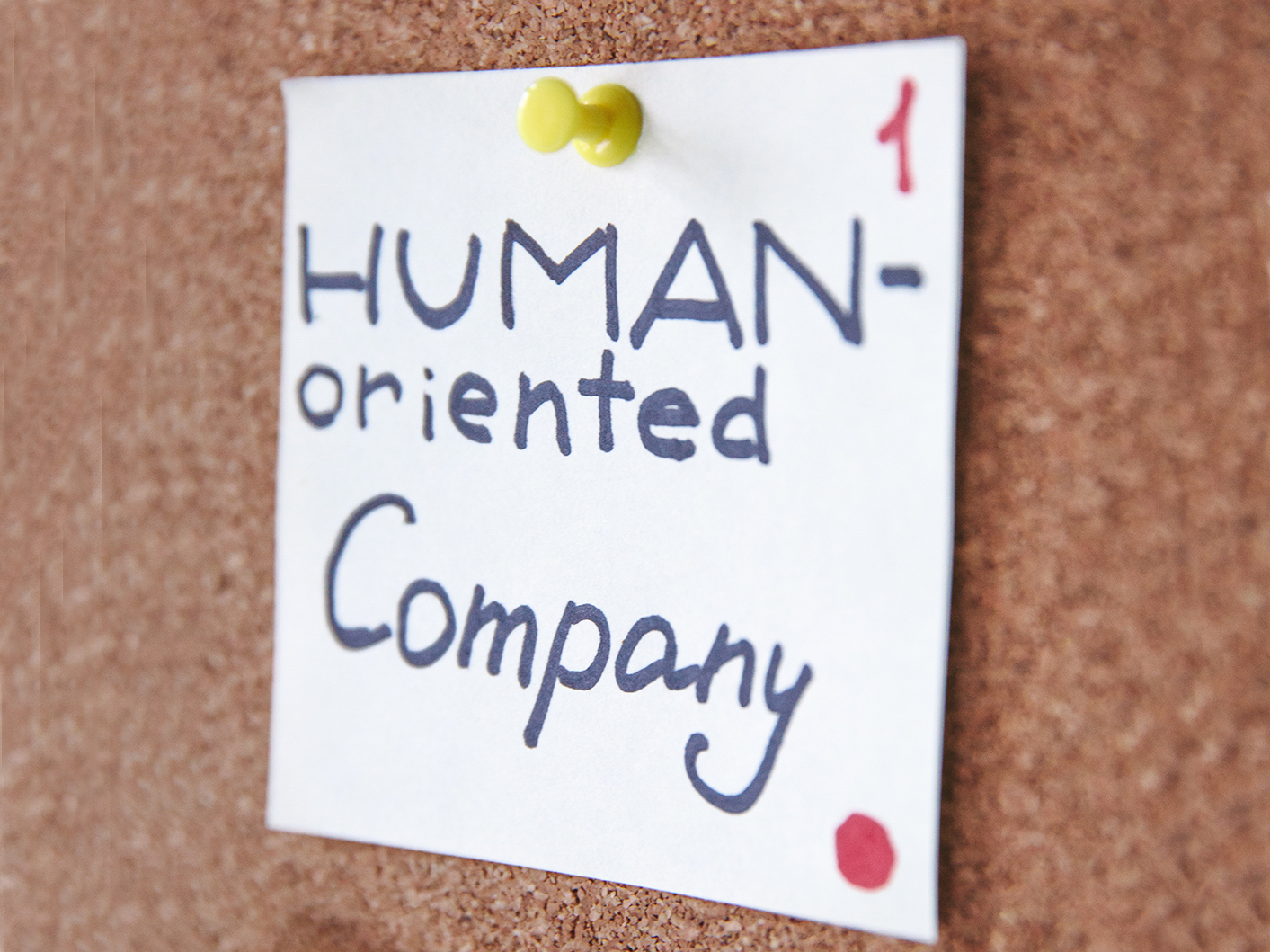Blog #32
A Human Approach – Modern Leadership in a Changing World – Part 3
The Spirit of Collaboration
We are living through a period of human history likely to be discussed in the classrooms of our grandchildren. 2019 may likely be soon as something of a “year zero,” marking the onset of a global pandemic that changed how the world operates.
The workplace is arguably the most impacted by this shift in operation, with debate raging about the most efficient way to work in the future. Are you with Elon Musk, considering home working a slippery slope to reduced productivity, or are you among the 79% of business leaders that plan to make remote employment a permanent arrangement?
There are few compelling arguments to support enforced office working, short of demanding the opportunity to micromanage. It’s never been easier to remain in touch with team members throughout the day, and the days of a central office server are outdated. The onset of cloud technology means that files can be shared and stored online without needing expensive – and temperamental – hardware.
There are more business-centric software packages available now than ever before, allowing the exchange of documents and communication without clogging up an email inbox. Even if we disregard the steady rise of Microsoft Teams, you can take your pick from SharePoint, Basecamp, Trello, Slack, and countless hosting platforms – in addition to the steady increase of apps like WhatsApp, Telegram and Signal being used for work.
The biggest challenge left to overcome is how we communicate from afar. I remember when email was a supposed novelty in the workplace. “This will revolutionise the way we work!” people exclaimed, adding, “now nobody needs to waste precious time on telephone calls!”
That was a noble aim, but it led to a barrage of emails, followed up almost immediately by phone calls along the lines of, “I just sent you an email, did you get it? Let’s discuss.” Until we adapted to email as a communication tool, we were just adding more layers of work to already busy days.
With additional platforms that send email notifications whenever something is added or edited, and the training required to get everybody up to speed with the constant evolution of technology, we need to ensure we use these external packages appropriately. Ultimately, we need to treat online servers – and home working – just as we did in the office. That means maintaining the same standards of work but also retaining realistic expectations.
There is often a tendency to panic when we can’t sit alongside somebody, declaring that every request is urgent and must be completed immediately. As a COO or other leader, nothing will deflate or demotivate your team faster than demanding instant responses to tasks, then failing to feed back for days, or not at all, as you have not had the time to review their work. Communication from afar requires showing trust in your employees, balancing your proactive needs with reacting to what is unfolding around you, and permitting them to get on with the job. For COOs and other business leaders, the Eisenhower Matrix can be extremely helpful here.
It is worth noting that the complexities of remote working had leaders scratching their heads long before we had even heard of COVID-19. The pandemic has simply thrown the talking point into sharp focus. As leaders, we need to accept that home and hybrid working is the new normal for many, especially in the age of a cost of living crisis when a commute may feel like an overwhelming and unjustifiable expense.
Employees will likely seek out roles that allow this flexibility. It’s our responsibility to make this possible, maximising efficiency with the technology available to us – without overcomplicating that which should be simple.
Key Takeaways –
- Home or hybrid working is here to stay – if you do not permit it, many employees will find a job that does.
- Modern technology makes home working easier than ever, but do not create confusion by insisting on using countless different software packages.
- Communicate effectively by keeping your cool and not declaring every request of an employee to be urgent. Treat remote workers as you would if they were sitting in front of you.
About LEAD Network Europe
The LEAD Network Europe is a non-profit and volunteer-led organisation whose mission is to attract, retain, and advance women in the consumer products and retail sector in Europe through education, leadership, and business development. The LEAD Network is run by and for its members, women and men, and we value every individual for their unique perspective. With a primary focus on promoting gender equality the organisation strives for the advancement of women of every race, ethnicity, gender identity or expression, sexual orientation, age, educational background, national origin, religion, physical ability and lifestyle. Its vision is of a fair, diverse and vibrant industry where everyone can thrive. A diverse workforce where both men and women are enabled to contribute their full potential and lead their organisations to the next level of value creation. LEAD Network accounts for 18,000+ members – both women and men – from 81 countries.
For more information, please visit www.lead-eu.net


